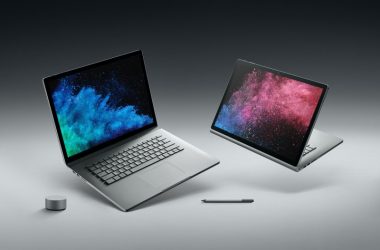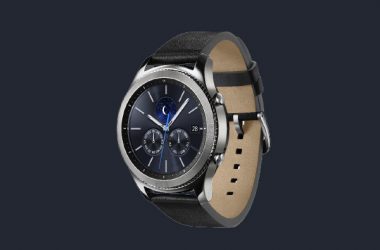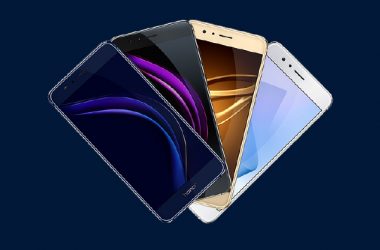 Epson’s WorkForce 840 All-in-One Printer is a color inkjet multifunction printer (print/copy/scan/fax) for small offices.
Epson’s WorkForce 840 All-in-One Printer is a color inkjet multifunction printer (print/copy/scan/fax) for small offices.
At the price of $299, MFPs tend to offer a full array of features. In the WorkForce 840’s case, highlights include plentiful paper handling and a touchscreen control panel. When matched against comparably well-equipped machines, the WorkForce 840 falls short of the HP Officejet Pro 8500A Plus in speed and overall print quality. For its part, the Lexmark Pinnacle Pro901 has lower paper capacity, but supercheap black ink and a five-year warranty.
You can connect the WorkForce 840 via USB, ethernet, or Wi-Fi, and the machine is easy to install. Note that if you opt for “first time” setup, you’ll have to wade through a lot of dialog boxes that step you through unpacking, removing tape, hooking up cables, and the like. The walkthrough is useful if you don’t know how to complete the process on your own; but skip it if you do.
The WorkForce 840’s touchscreen control panel comes with amber-lit controls that appear contextually–that is, only when needed. This feature is nicely done, though we sometimes missed the tactile feedback that real buttons provide. Also on board are CF, MS, SD, and XD memory card slots, as well as a USB/PictBridge port for offloading scans or for printing directly from cards.
The paper-handling features of this inkjet MFP are bountiful. Two 250-sheet input trays provide an outstanding amount of capacity. Automatic duplex (two-sided) printing is supported on both the PC and Mac. The A4 scanner has a 30-sheet ADF, and it can duplex-scan automatically. The only thing not supported was scanning from the unit to a PC over the network; you can perform that operation only via USB.
Epson claims that the WorkForce 840 is the world’s fastest all-in-one. But in our tests, another Epson MFP, the WorkForce 520 was faster; the Epson B-510DN is the fastest inkjet of any kind that we’ve tested to date. Still, the WorkForce 840 prints very fast at default settings on plain paper.
Monochrome pages of mostly plain text exit the printer at a swift 11.6 pages per minute on the PC and at 11.1 ppm on the Mac. From the PC, the WorkForce 840 printed a snapshot-size photo on letter-size plain paper in 12 seconds, which works out to a zippy 5 ppm. Once you switch to Epson’s own photo paper and finer settings, however, the unit slows down considerably, to 69 seconds or 0.86 ppm for the same snapshot photo, and it took more than 2.5 minutes (0.4 ppm) to print a full-page photo on the Mac. Scans emerged slightly faster than on an average-speed MFP.
The Epson WorkForce 840’s output quality fell a bit short on plain paper. Black-ink text samples looked dark but soft-edged–clearly the output of an inkjet, albeit a pretty good one, rather than of a laser. Colour graphics look a little pale and pinkish. On Epson’s own glossy photo paper, images improved noticeably, looking smooth and natural. Colour copies and scans appeared accurate, though we saw some moiré in finer line patterns.
Ink costs for the WorkForce 840 range from reasonable to pretty inexpensive. Epson justifiably calls its smallest-capacity cartridge size “high-capacity”: A 385-page black cartridge costs $18.04, or 4.7 cents per page. Each color costs $15.19 and lasts 470 pages, which works out to 3.2 cents per page each. A four-colour page would cost 14.4 cents. The $28.49, 945-page extra-high-capacity black cartridge lowers the cost for monochrome pages to 3 cents per page, while each color costs $18.04 and lasts 755 pages (2.4 cents per page). A four-color page costs 10.2 cents.
If you do a lot of printing for work, but you want the extras of a multifunction printer and the superior photo rendering of an inkjet, the Epson WorkForce 840 may be a good match because it can deliver all of the above. Though plain-paper print quality remains a shortcoming of most Epson printers, this unit handles it fairly well.





